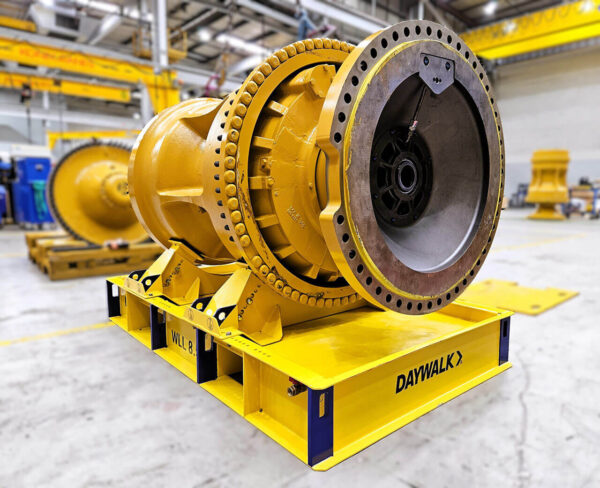e-Gel has become a popular option when customers need silica gel, as its indicator is Methyl Violet, that is non-carcinogenic.
Some of the other silica gel’s indicators are Cobalt Chloride and Phenolphthalein are less desirable so in these applications it might be deemed preferable to simply dispose of the gel after the first use.
Whatever indicator is utilised, Silica Gel also can create dust so even if there is not carcinogenic concerns some people can react to the dust that is created. Respiratory masks are directed to be used in the Safety Data Sheet (SDS).
If the transformer you are needing to protect from moisture ingress has an oil capacity less than 3000L, then the disposable breather can be a good option, as it is user-friendly: the user simply screws off the old breather and screws on the new breather.
For larger and/or refillable breathers, the e-Gel is able to be emptied out of the breathers, and new e-Gel refilled. You can tell when the e-Gel needs to be replaced as it changes from a bright orange to a dark green.
Factories will often recommend that the e-Gel is only a single use, however many people choose to regenerate the e-Gel by using a hopper dryer or conventional oven. The gel will become active again (and turn back to orange) by heating it in the oven at 100DEG C – 120 DEG C for 4 hours. Remember that if you do regenerate the e-Gel roughly 20% of the pores do not re-open so the adsorption power is reduced.
New e-Gel will adsorb approximately 30% of its weight, so 1kg of e-Gel will adsorb around 300mL of moisture.
Another way to use e-Gel is in the application of packaging of longer-term storage of products. As a rough guide, 1kg of e-Gel will protect 1 cubic metre of storage space for 6 to 12 months (depending on the climate). In the packaging application, one popular way to use the e-Gel is in a sachet that has a window. As the gel adsorbs the moisture, the orange turns to green and the operator can see clearly that the sachet needs to be replaced so as to protect their critical spares or equipment,
For hermetically sealed critical spares, there are plastic units that contain silica gel or other desiccant such as clay-based desiccant. Some of these plastic holders have a receptacle at their base, so as the moisture content exceeds the adsorption capacity of the desiccant, the water droplets fall into the receptacle and thus the control of the required moisture levels can be maintained.
For more information send your question to sales@daywalk.com





